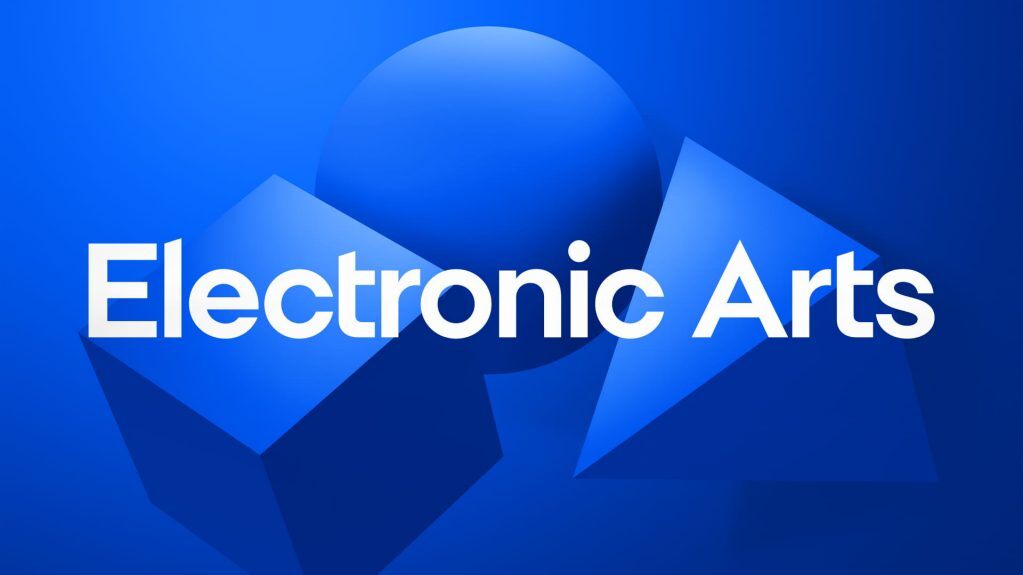The video game industry remains deeply entwined with microtransactions, serving as a primary revenue stream for major players like Electronic Arts and Take-Two Interactive, as revealed in their recent earnings reports.
Microtransactions encompass various purchases made within games using real currency, ranging from subscriptions to virtual currencies and character customization options.

Live-service games require continuous updates to sustain player engagement throughout their life cycles. Players typically finance these updates through season passes or subscriptions.
Initially met with resistance from gamers, the industry pivoted towards more consumer-friendly approaches, such as battle pass systems and bundled content packages, which have garnered greater acceptance due to their perceived value and reliability.

Electronic Arts’ live-services segment raked in $5.6 billion in the latest quarter, underscoring its financial significance.
Epic Games, the creator of Fortnite, engaged in a legal battle with Apple over an in-game payment system designed to circumvent Apple’s App Store fees. Meanwhile, in Europe, regulatory scrutiny has intensified around app stores and loot boxes.







Leave a Reply